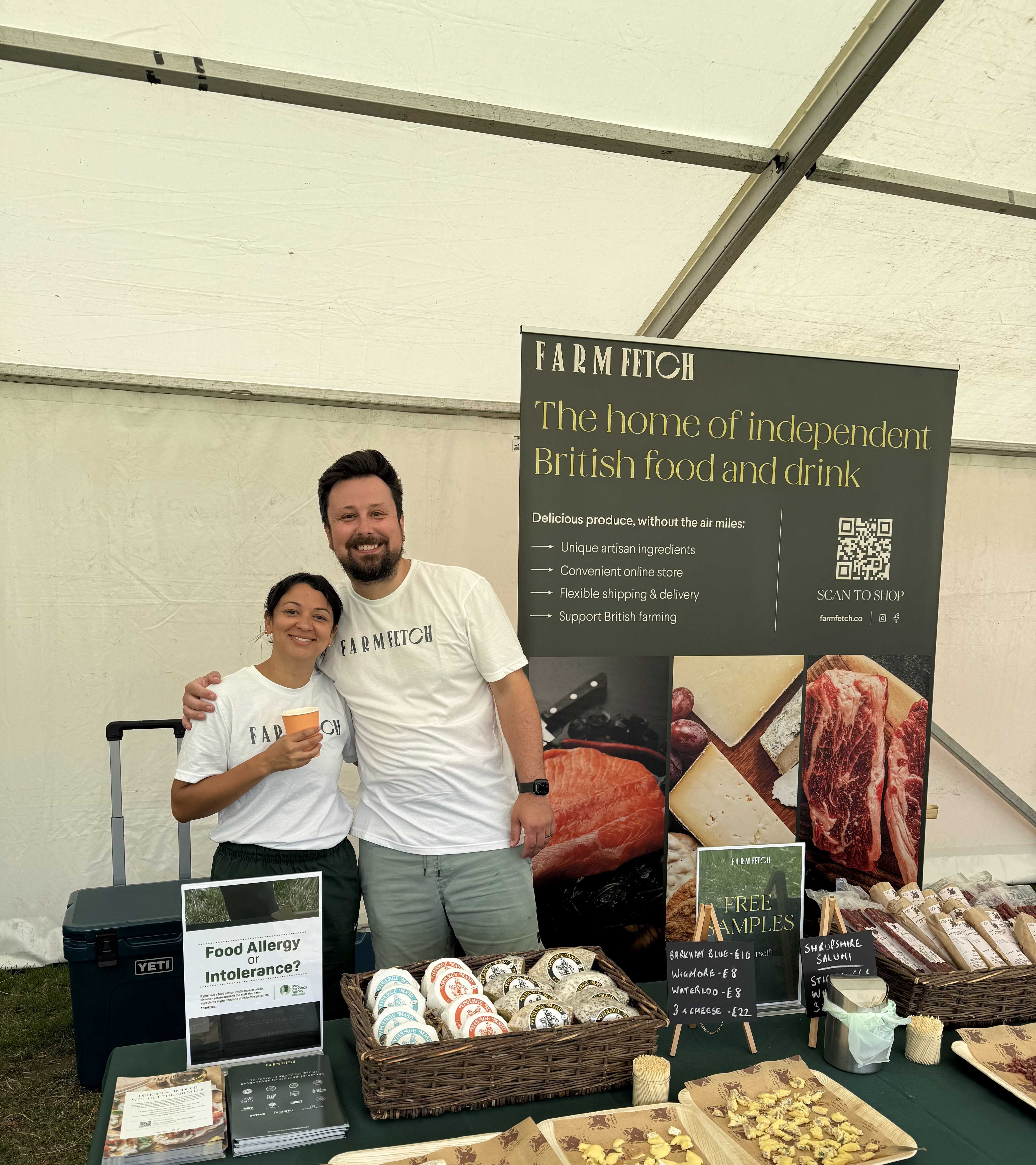Sometimes the best ideas look slightly strange when they first show up. Not because they’re impossible, but because they land a little outside the current mood. It takes effort to explain them, patience to try them, and a kind of quiet stubbornness to stick with them when others hesitate. Especially when the market is still forming, when banks are wary, and when every mistake costs actual money you don’t yet have. But for some people, that’s exactly when they decide it’s worth doing. That’s where Jelle found himself in late 2021—out of school, done with a few early missteps, and ready to try building something he actually wanted to see exist. He made a shortlist of ideas, started on one, quickly dropped it. It was an easier business idea, but not something he truly enjoyed doing and moved on to: contactless payment wearables. “It just made sense to me,” he said. “And I felt it was worth giving a real shot.” With his own savings and no external funding, he started building Astari.
“It started strong—then got really hard”
Astari’s launch was fast but messy. Jelle had some early traction from B2B orders and mentorship from a small incubator, which also offered him a market-rate loan when banks wouldn’t. “The product didn’t exist yet on the market. There was no proof, so it was hard to get anyone traditional to fund it,” he said. That first investment helped him make a strong start—but within six months, cash flow challenges crept in. “We’d sell out in a month, but it takes two months to get new stock,” he explained. “So I’d be stuck. I needed to buy twice as much, with money I didn’t have yet.” Pre-orders filled the gap for a while, but they brought delays, customer uncertainty, and a support queue he had to handle himself.
It took about a year of barely breaking even to stabilize. Jelle added more SKUs—including the now core product, payment rings—and eventually took another loan to expand inventory. “From there, we became profitable and could grow in a healthier way.” By mid-2023, he had a team, a repeatable model, and real interest from private equity. “They’re not just offering money,” he said. “They also have people in the market space we’re in, and that’s very interesting to me.”
.png)
.jpg)
.jpg)
%20(1).jpg)
%20(1).jpg)
.jpg)
%20(1).jpg)



.png)